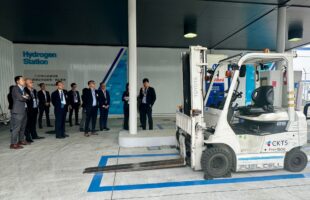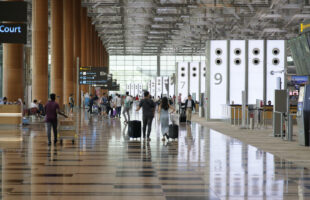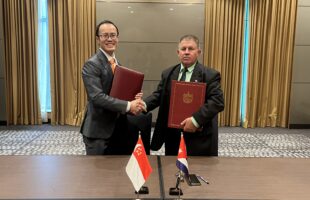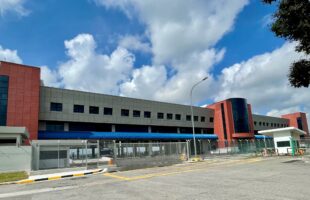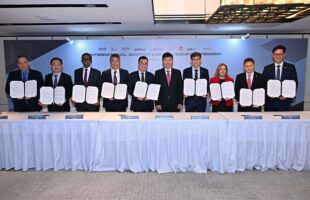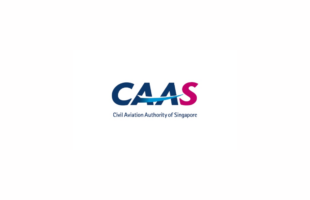According to a CAAS spokesperson, with more focused roles and greater flexibility, both the new CAAS and CAG, which were formed on 1 July 2009 following Changi Airport’s corporatisation, are in a stronger position to achieve the common goal of making Singapore a vibrant global air hub.
“The new CAAS shares a common objective with CAG of growing Changi Airport as an air hub in the face of the new challenges. One key element following corporatisation is CAAS’ economic and service regulation of Changi Airport,†he said.
“On this, CAAS will take a probusiness approach. In fact, CAAS will work in close partnership with CAG to ensure that Changi Airport remains competitive and maintains high service standards, while allowing CAG to pursue efficiencies, innovate, and nimbly respond to new challenges and changing industry conditions,†he added.
Whatever the aviation industry trends, CAG’s underlying challenge remains the same – how Changi Airport differentiates itself and constantly reinvents itself to remain relevant to its customers and partners, as well as to enable it to react faster in response to environmental changes and business trends.
As the airport company managing Changi Airport, CAG undertakes operational functions focusing on airport operations and management, commercial activities and airport emergency services. Through its unit Changi Airports International, the Group invests in and manages foreign airports to spread Changi Airport’s success far and wide.
To address the regional and global competition that Changi Airport faces, CAAS will further develop the aviation system, one where Changi Airport will grow and thrive as a global air hub. “We will work with other government agencies to pursue national policies and measures that will enhance the air hub. We will also further pursue a liberal air transport policy to secure greater access and additional traffic rights for our carriers and foreign carriers to as many countries,†said the CAAS spokesperson.
In growing the Singapore air hub, CAAS will seek to expand Singapore’s links to the rest of the world as well as developing Singapore’s aviation industry as a whole, including the air transport; air cargo and logistics; maintenance, repair and overhaul (MRO); and aerospace manufacturing sectors.
The spokesman said that with its new core regulatory focus CAAS will strengthen its regulatory framework in line with international standards and best practices, and including strengthening the safety culture in the aviation industry here. CAAS also aims to develop Singapore as a centre of excellence for aviation knowledge and human resource development, with the Singapore Aviation Academy – a division of CAAS – as a key element, the CAAS spokesperson added.
When asked about some of the challenges that Changi Airport expected to face that could be resolved by the corporatisation exercise, a CAG spokesperson said some of the challenges facing the airport had been in the horizon for sometime.
They include the opening of ultramodern mega airports in the region, the introduction of long-haul aircraft that fly point-to-point without the need for intermediate hubs, the emergence of global airport companies and the gradual consolidation of airlines into mega-carriers, she said.
Asked whether the corporatisation exercise had any specific or special implications, on for example, safety and security of air cargo, the spokesperson said the Regulated Air Cargo Agent Regime (RCAR) was implemented on 1 April 2008 to enhance cargo security at Changi Airport.
“This gives shippers and customers peace of mind when transhipping cargo via Singapore,†she said.
As to the progress of the Singapore Government’s negotiations with Temasek on the sale of the Changi Airport Group to Temasek, the spokesperson said the Government has had some preliminary discussions with Temasek, but had not entered into any negotiation or set the timetable for the sale.



